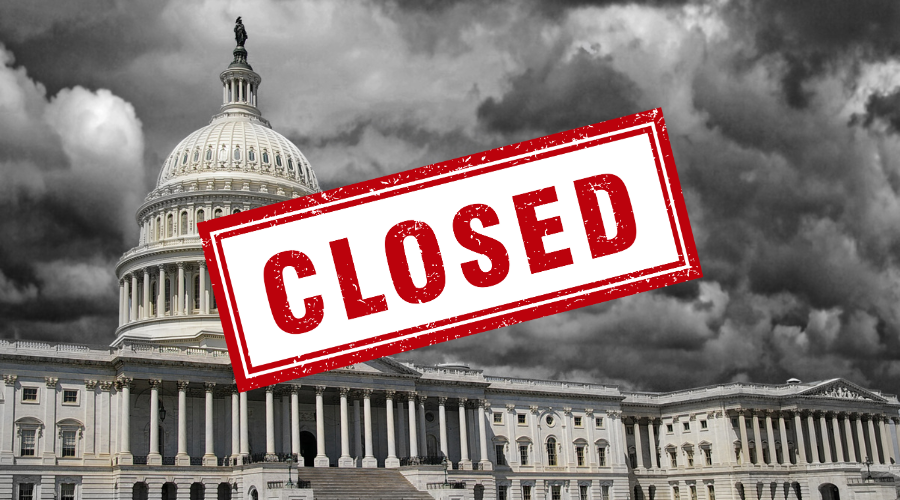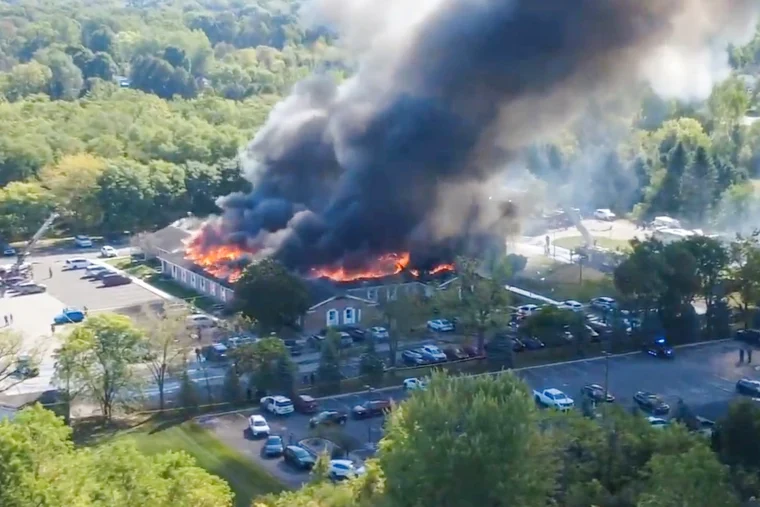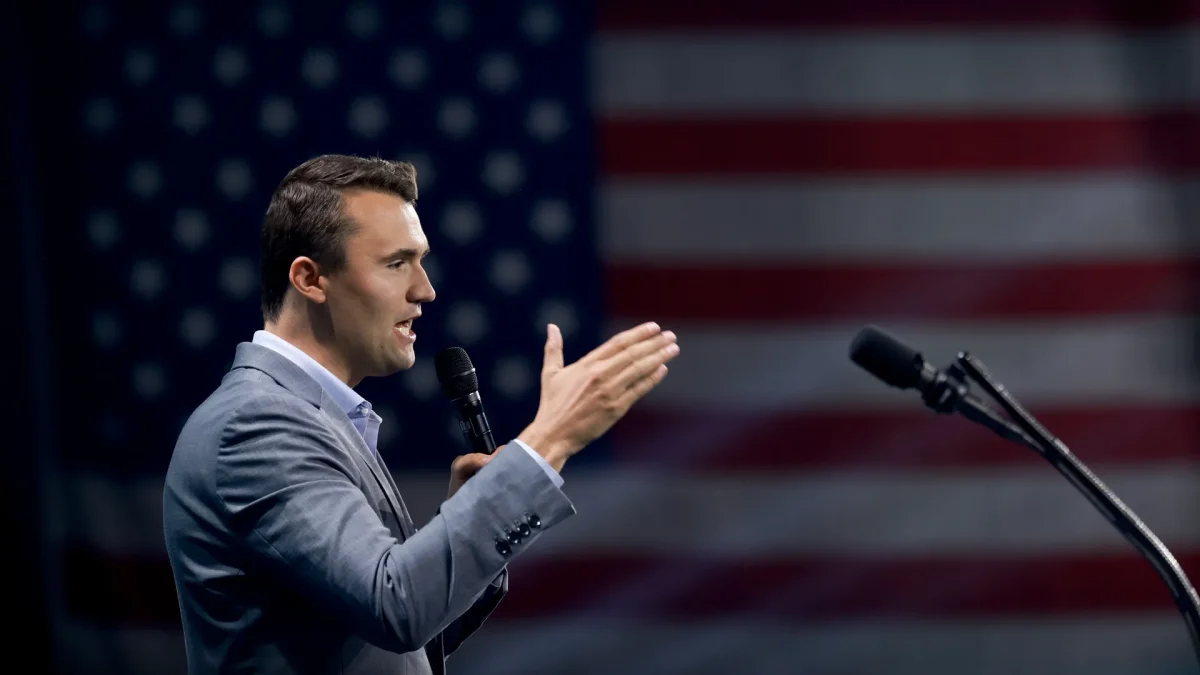President Trump, along with his adviser, Elon Musk, aims to downsize the federal government, to cut federal spending. This plan has made great progress, as thousands of workers for the U.S. Forest Service and Park Service have become victims of these cuts. It is starting to look like Smokey the Bear will have to fend for himself.
Reuters found that the U.S. Forest Service will fire approximately 3,400 recent hires, excluding firefighters, law enforcement, and certain meteorologists. Meanwhile, the National Park Service will terminate around 1,000 employees, exempting 5,000 seasonal positions. These cuts make up 10% percent of the U.S. Forest Service’s workforce and 5% of the Park Service’s employees.
325 million people visit National Parks each year, while 159 million people use national forests annually. Yet the backbone of National Parks is being fired as a result of President Trump’s efforts. It is Park Service workers who are responsible for maintaining and cleaning parks that so many people use. It is the U.S. Forest Service that maintains forests’ health and reduces hazards, whether that be cutting down dangerous trees, clearing trails, reducing risks of fires, and much more that benefits these Parks’ users.
National Park Workers have begun to share their stories online, explaining the significance of jobs like theirs and colleagues. In a viral Facebook post, Stacy Ramsey, a recently fired worker, from the Buffalo National River in Arkansas shared, “Did those who made the decision know or care that the main objective of my position is to provide preventive search and rescue education, to keep park visitors safe? Did they know that I am part of the visitor and resource protection division and that I spent my days on the frontline, looking out for the safety of park visitors?” While, on LinkedIn, Travis Mason-Bushman, talked about 5 of his colleagues, at Great Basin National Park in Nevada, who were fired. He wrote, “These are people who lead tours, clean toilets, answer phones, design signs, and support search and rescue operations…you cannot lay off half of any organization’s frontline staff and carry on as if nothing has happened.”
These cuts will impact stewards of sites such as the Appalachian Trail, Yellowstone, and the Sequoia National Forest…just in time for the peak season of these various parks. In a press release, Theresa Pierno, the President and CEO of the National Parks Conservation Association stated, that “staffing cuts of this magnitude will have devastating consequences for parks and communities”, and furthers that “with peak season just weeks away, the decision to slash 1,000 permanent, full-time jobs from national parks is reckless and could have serious public safety and health consequences.” Pierno explains, “National parks fuel local economies across the country, generating billions of dollars for area businesses and supporting hundreds of thousands of jobs. Slashing staff could have a ripple effect on gateway businesses and communities that depend on parks for survival.”
With a shortage of employees, parks will face an array of challenges and may start to look a little different. If Parks do not have enough employees, they could be put in a position in which they have to reduce access to restrooms, as maintenance of restrooms will be infrequent. Hours at visitor centers will be shortened and guided tours will be canceled; this lack of employees means a lack of educators, the ones who teach visitors about the climate and history of their region. Additionally, there will be fewer workers ensuring the health and safety of parks, performing duties like ensuring visitors don’t litter or go off the trails.








